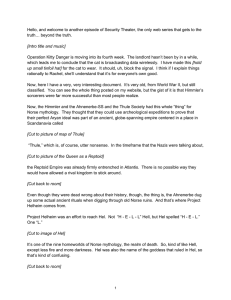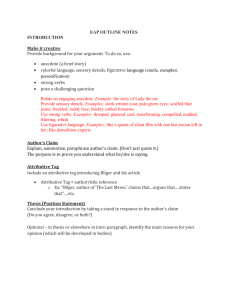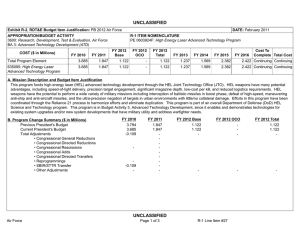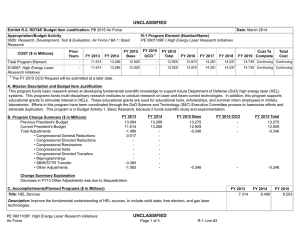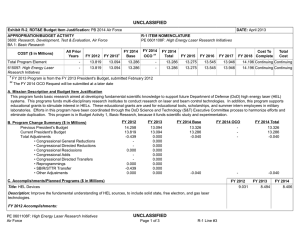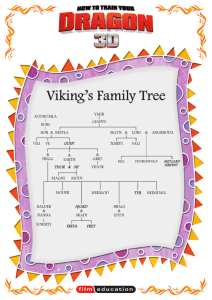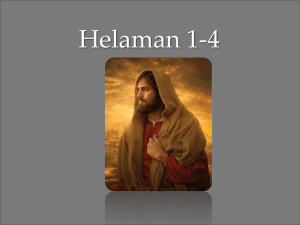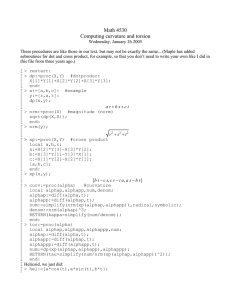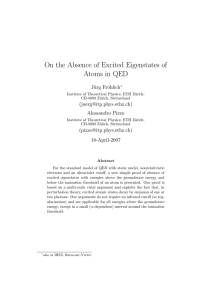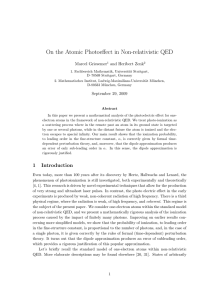A Memoir of Helheim
advertisement
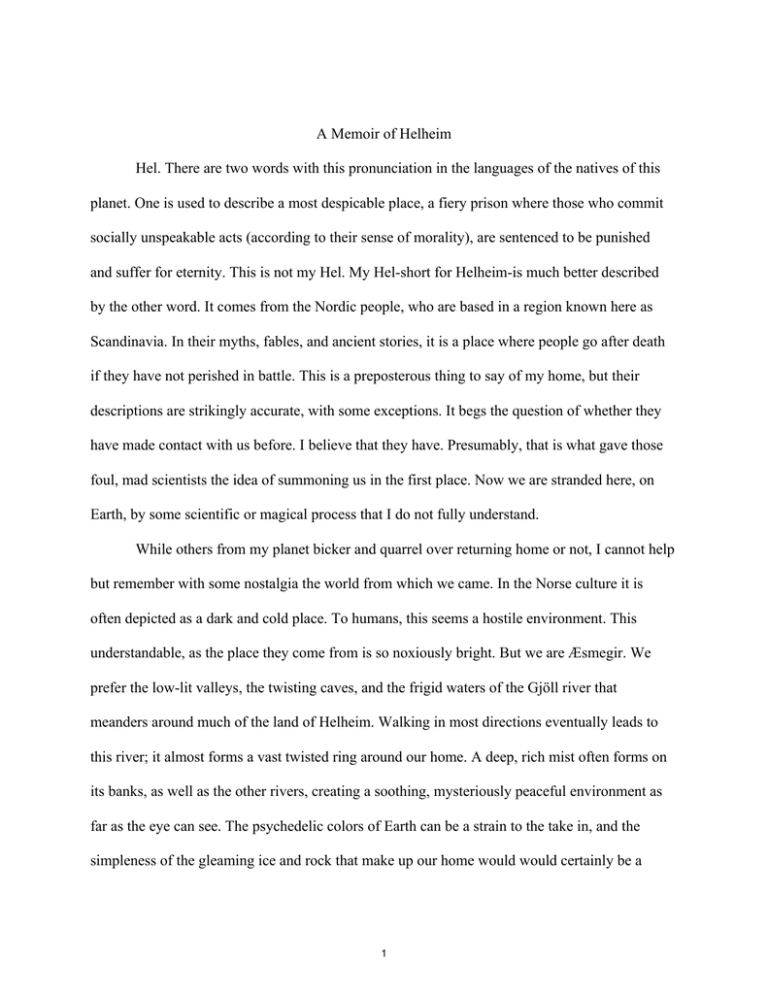
A Memoir of Helheim Hel. There are two words with this pronunciation in the languages of the natives of this planet. One is used to describe a most despicable place, a fiery prison where those who commit socially unspeakable acts (according to their sense of morality), are sentenced to be punished and suffer for eternity. This is not my Hel. My Hel-short for Helheim-is much better described by the other word. It comes from the Nordic people, who are based in a region known here as Scandinavia. In their myths, fables, and ancient stories, it is a place where people go after death if they have not perished in battle. This is a preposterous thing to say of my home, but their descriptions are strikingly accurate, with some exceptions. It begs the question of whether they have made contact with us before. I believe that they have. Presumably, that is what gave those foul, mad scientists the idea of summoning us in the first place. Now we are stranded here, on Earth, by some scientific or magical process that I do not fully understand. While others from my planet bicker and quarrel over returning home or not, I cannot help but remember with some nostalgia the world from which we came. In the Norse culture it is often depicted as a dark and cold place. To humans, this seems a hostile environment. This understandable, as the place they come from is so noxiously bright. But we are Æsmegir. We prefer the low-lit valleys, the twisting caves, and the frigid waters of the Gjöll river that meanders around much of the land of Helheim. Walking in most directions eventually leads to this river; it almost forms a vast twisted ring around our home. A deep, rich mist often forms on its banks, as well as the other rivers, creating a soothing, mysteriously peaceful environment as far as the eye can see. The psychedelic colors of Earth can be a strain to the take in, and the simpleness of the gleaming ice and rock that make up our home would would certainly be a 1 soothing sight in comparison. Throughout the flatlands, where most of us lived, there are scarcely dispersed towering pillars of stone. In the cracks and on the tips of these pillars, the Hrafnar make their homes. They are slim, bony flying creatures resembling birds that are sometimes kept as a sort of pet by the Æsmegir, but are more often considered a rather amusing nuisance. Their awkward screeching and the constant clatter of their bones as they fly are often the subject of jest and mockery. Though Earth’s Norse have often depicted them as ravens that eat the eyes of sinners, they are mostly docile beings, behaving more like roaches and fluttering away in fear at any movement. If one follows the pillars in one direction, they increase in size and become more frequent, giving rise to rocky mountains that make Earth’s peaks seem feeble, at most. Living here is more difficult (but not impossible) for us, for the mountains are the preferred shelter of the Drekar. To a human, these beasts are best described as great winged reptiles. They can be seen circling the mountains from a great distance, for their mouths emit sparks and their wings create strong winds that rip through the valleys with booming howls. They arrive at the flatlands as light breezes. On particularly windy days we know the Drekar are flying. In the other direction, the pillars become smaller, and the land colder. The rivers begin to freeze, the air thickens, and all sound diminishes to a low whistle. Ice formations and snow dunes dominate most of the land, and a peaceful race of small, dwarven beings resides here. We do not interact with them very much, for they are timid and reserved. We respect them, as they respect us, and we do not meddle in each others’ affairs. A shining beacon can be seen in the distance from most parts of the realm, a glistening star in the fog. It is the Helgate, which lies at the end of an almost iridescent gold bridge that crosses the Gjöll. This bridge is the safest way across the river, for the water flows with a 2 stinging poison that it displaces from the rocks underneath. The gate and bridge are very dear to many of the Æsmegir, as it evokes cherished memories from our younger years. We used to play on the radiant cobblestones and race to the gate. There was a great black hound with glowing eyes and a blank stare that sat at the foot of the gate. We would tease him while keeping our distance, for he would growl and attack anyone who got too close. We were described by many of the human scientists as “evil spirits.” In fact, many of the inhabitants of my planet are described as such by the Norse as well, in order to make their deaths seem more frightening. It seems that they only view that which they do not understand with a self-created fear. As a different species, we differ with humans in specific physical, intellectual, and emotional characteristics; as sentient intelligent beings, we share basic ambitions, social structures, and desires. Hel does not have “government” as it is known on Earth. These hierarchies seem petty and irrelevant, within our civilization. Admittedly, certain individuals do have more influence on others, but they do not truly rule. This brings to mind a memory of the great Hel. Not the land, but an equally named Æsmegir. She was known by most for a characteristic best approximated by the human concept of “beauty.” She was also greatly admired for her eloquence and charm. Hel lived with her husband-who was also stranded on Earth with me-in a great hall in the center of the flatlands. The skillfully carved stone and great columns made this the most unnecessarily lavish dwelling in all the land. Most other dwellings across the flatlands are more humble, consisting of simple stone huts. The few that live in the mountains use caves for homes. All Æsmegir generally expect a high level of respect from one another, regardless of specific identity. It seems that only upon arriving to this new planet has this respect been disturbed. Perhaps connected to this fact, for greed seems to be a driving force for many humans, 3 wealth as Earth knows it does not really exist on Helheim. This may be because we require little sustenance (though some of the stranded Æsmegir have developed quite the human appetite since arriving at Earth) and the distinction between rare resources and more common ones becomes more blurred in a world of sheer stone and ice. In fact, the only variations to this simple and peaceful atmosphere are the Helgate and bridge, whose origins and material are unknown. Æsmegir also do not have individualized professions or specific duties. We are, in a sense, all philosophers, scientists and artists. In Hel, we do what we choose, as long as we try to stay respectful and helpful to our society. I have not failed to notice that there is one region of Hel that I have not described. This is because I know very little of it. The Æsmegir, including myself, lived in Niflheim. It includes the land within the Gjöll river. Most of us stayed there, and were not too well informed of what occurs outside. The vicious hound, the poisonous waters, and the familiarity of home were enough to keep most of us close to our dwellings. As for the other region, past the gate, on the other side of the Gjöll, we know it only by what we see: pure darkness, or Myrkr. I know of only one fellow Æsmegir, who on Earth goes by the name of James, that knows of Myrkr. He lived there a good amount of his life, but refused to reveal to us how he arrived there. In our years together, he recounted many stories of the treachery and vileness of that land. It seems fear is a characteristic of all life, for if I have ever seen fear upon the visage of an Æsmegir, it was on James’ face when he told those stories. He could barely see in Myrkyr, most of the time. He spoke with a tormented gaze of bottomless gorges where the most foul of beasts live. Sometimes pale, transparent beings that could be mistaken for a cloud of mist would emerge from the ravines and congregate in flocks that would circle over him. He’d hear their constant whispers, almost resembling Æsmegir voices, but not quite. When he tried to interact 4 with them, they screamed sharply and repeatedly smashed him against the boulders. James also mentioned great monsters of epic proportions that could sometimes be distinguished lurking in the darkest corners of the precipices. On one occasion, he had an encounter with a serpent that shot an excruciatingly painful venom into his chest. Learning of the horrors of these lands made me wonder if it was in Myrkr that the Norse based their idea of Hel. In any case, this is not the Helheim I remember. My Hel is peace, it is familiarity, it is home. I do not know when or if I will ever return. It is of no great importance. I have lived on Earth far too long. The others will likely argue for eternity about getting back, but I refuse to take part in these discussions. They are futile. I simply wish to make the most of the situation I find myself in. Memories of Hel keep me sane on long days, and when I look to the night sky, the stars are reminders of a the great gate that must still be standing in the fine place I once called home. 5 MIT OpenCourseWare http://ocw.mit.edu 21W.763J / CMS.309 / CMS.809 Transmedia Storytelling: Modern Science Fiction Spring 2014 For information about citing these materials or our Terms of Use, visit: http://ocw.mit.edu/terms.
